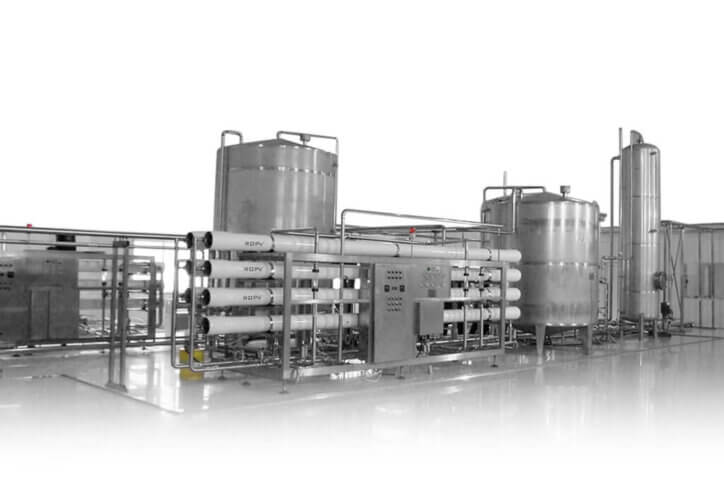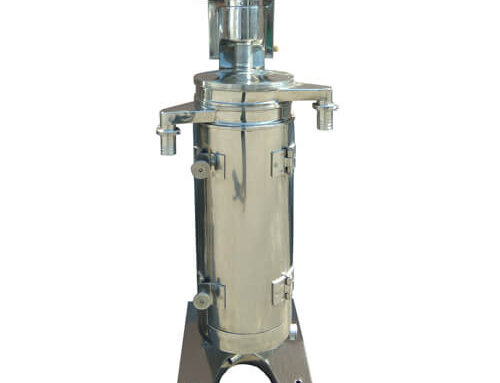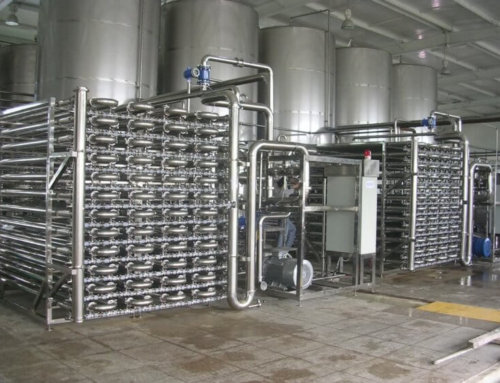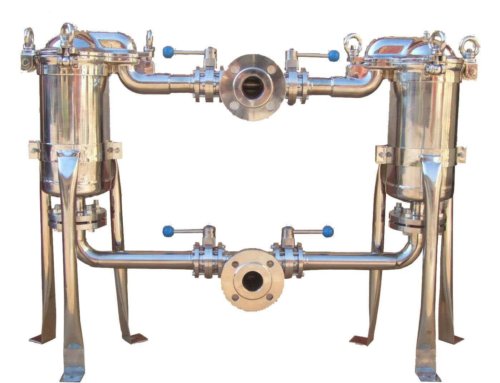Project Description
RO Equipment System
Description
- The reverse osmosis system refers to the phenomenon that solvent molecules migrate from dilute solution to concentrated solution under the action of high pressure.
- The RO system is the most important equipment in water purifying system. This equipment uses membrane filtration technology to remove microorganisms in raw water to obtain drinking water.
- Depending on the raw water quality, Single-stage or double-stage RO system can be equipped.
- The RO system is made of SUS304 material, it includes one high-pressure pump, RO membrane element and shell, flowmeter, conductivity measuring cell machine frame, pipes and valves, and independent control cabinet.
- It can remove particles, colloids, organic impurities, heavy metal ions, bacteria, viruses and other harmful substances in the water. The desalination rate of the equipment is 97%-99%, and the conductivity of the effluent water is ≤10μs/cm.
- As the core component of reverse osmosis equipment, RO membrane, we use imported brands such as DOW or HYDECANME.
- The raw water passes through the reverse osmosis unit, and the water output rate can reach about 50%-70%.
- Reverse osmosis is the separation of solvents in the solution through reverse osmosis membranes. Its applications range from seawater desalination and hard water softening to the separation of bacteria and viruses, as well as the concentration of juice, milk, coffee and many other aspects.
- The reverse osmosis unit is usually combined with quartz sand filter, activated carbon filter and ion softener to make pure water.

Equipment Composition
Industrial reverse osmosis (RO) equipment typically consists of the following components:
- Pre-treatment system: This system includes various pre-filters and treatment processes such as sediment filtration, activated carbon filtration, and water softening, to remove large particles, organic matter, and minerals from the feed water. This is essential to protect the RO membrane and ensure efficient operation.
- High-pressure pump: This pump is used to increase the pressure of the feed water to the required level for the RO process. The high-pressure pump is the heart of the RO system, as it is responsible for maintaining the flow and pressure of the feed water through the membrane.
- RO membrane: The RO membrane is the key component of the system, where the actual separation of salt and other impurities from the feed water takes place. The membrane consists of a thin film composite (TFC) material that allows water molecules to pass through while rejecting dissolved salts and other contaminants.
- Concentrate stream: This is the stream of water that contains the rejected salts and other impurities and is typically discharged from the system.
- Permeate stream: This is the purified water stream that passes through the RO membrane and is collected for use.
- Post-treatment system: The post-treatment system includes additional filters and treatment processes such as activated carbon filtration, UV sterilization, and pH adjustment, to further polish the water and ensure its quality meets the desired standard.
- Control system: The control system is used to monitor and control various parameters, such as flow rate, pressure, and water quality, to ensure optimal performance of the RO system.

Working Principle
There are many small pores in the reverse osmosis membrane. The size of these pores is similar to the size of water molecules, but bacteria, viruses, most organic pollutants and hydrated ions are much larger than water molecules. When we use a high-pressure pump to apply pressure to the raw water, pure water molecules will pass through the reverse osmosis membrane to one end of the membrane, while harmful molecules such as viruses and organics will be trapped to the other end of the membrane. So as to achieve the purpose of raw water purification.





